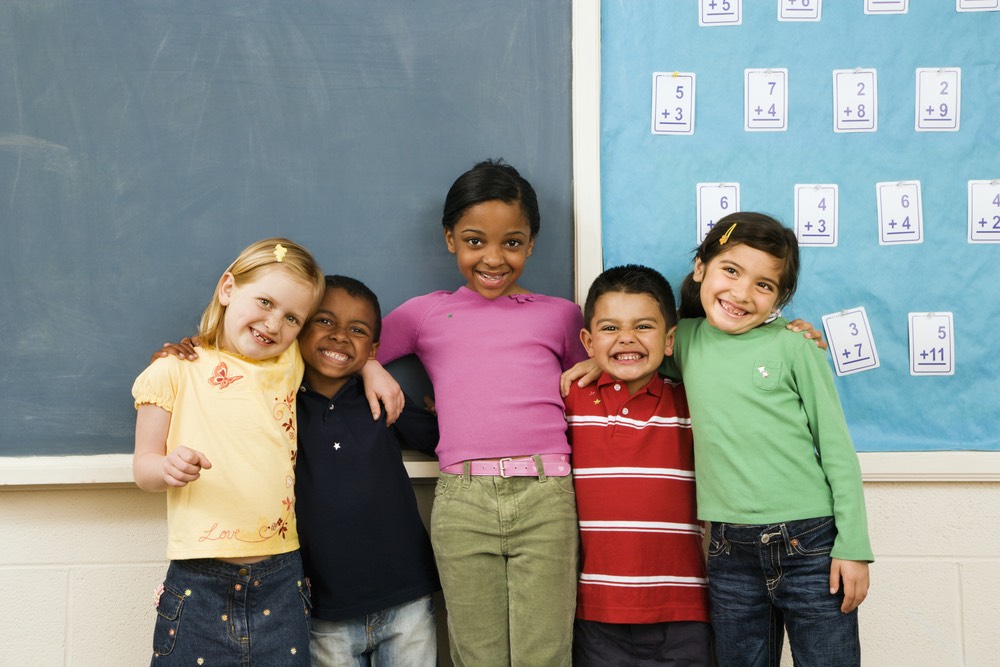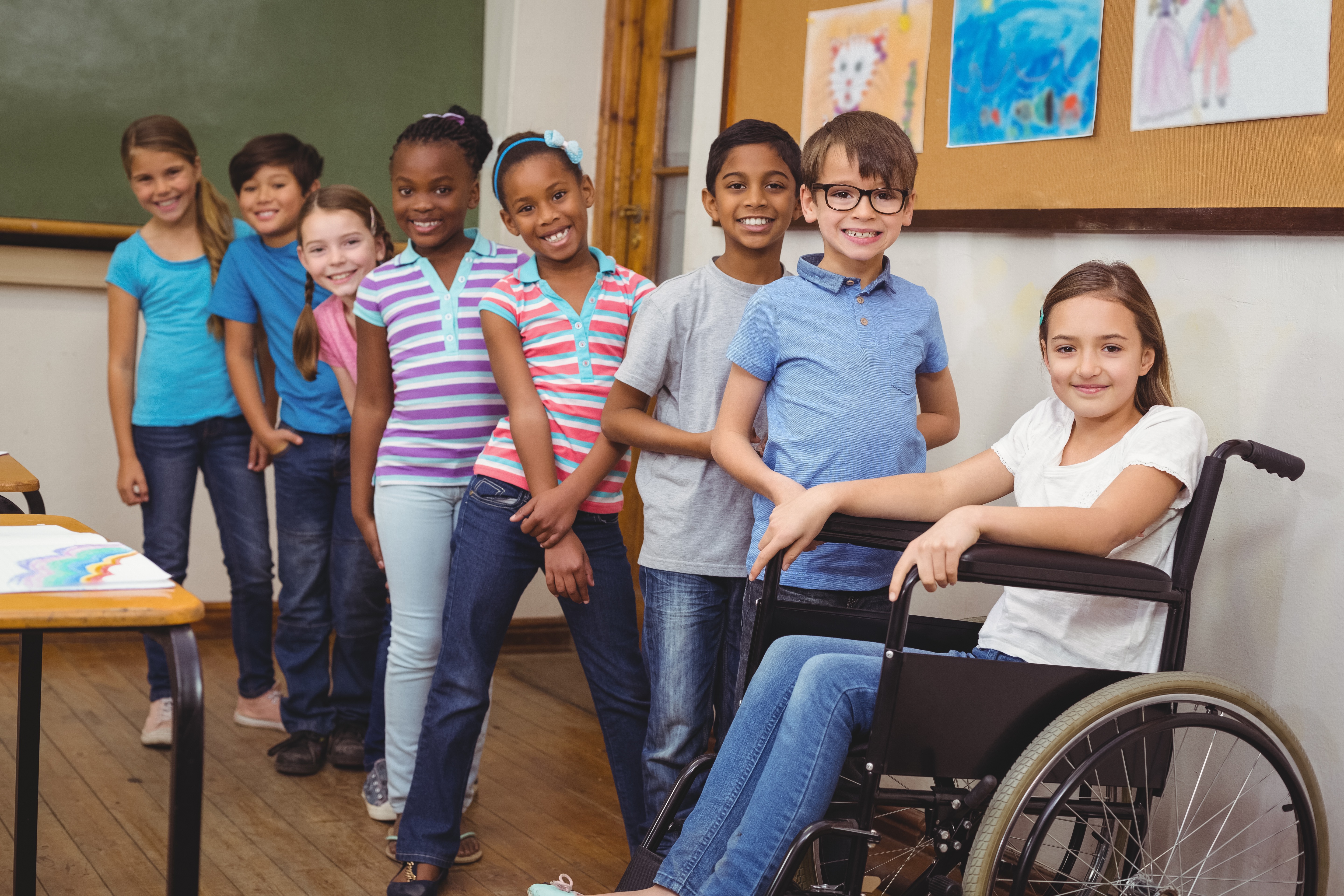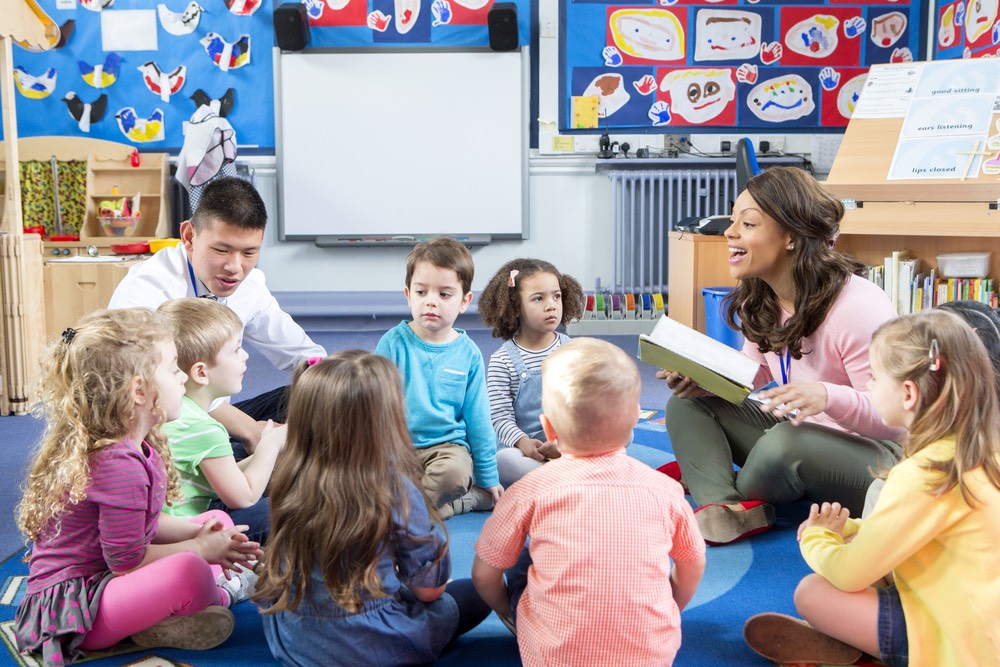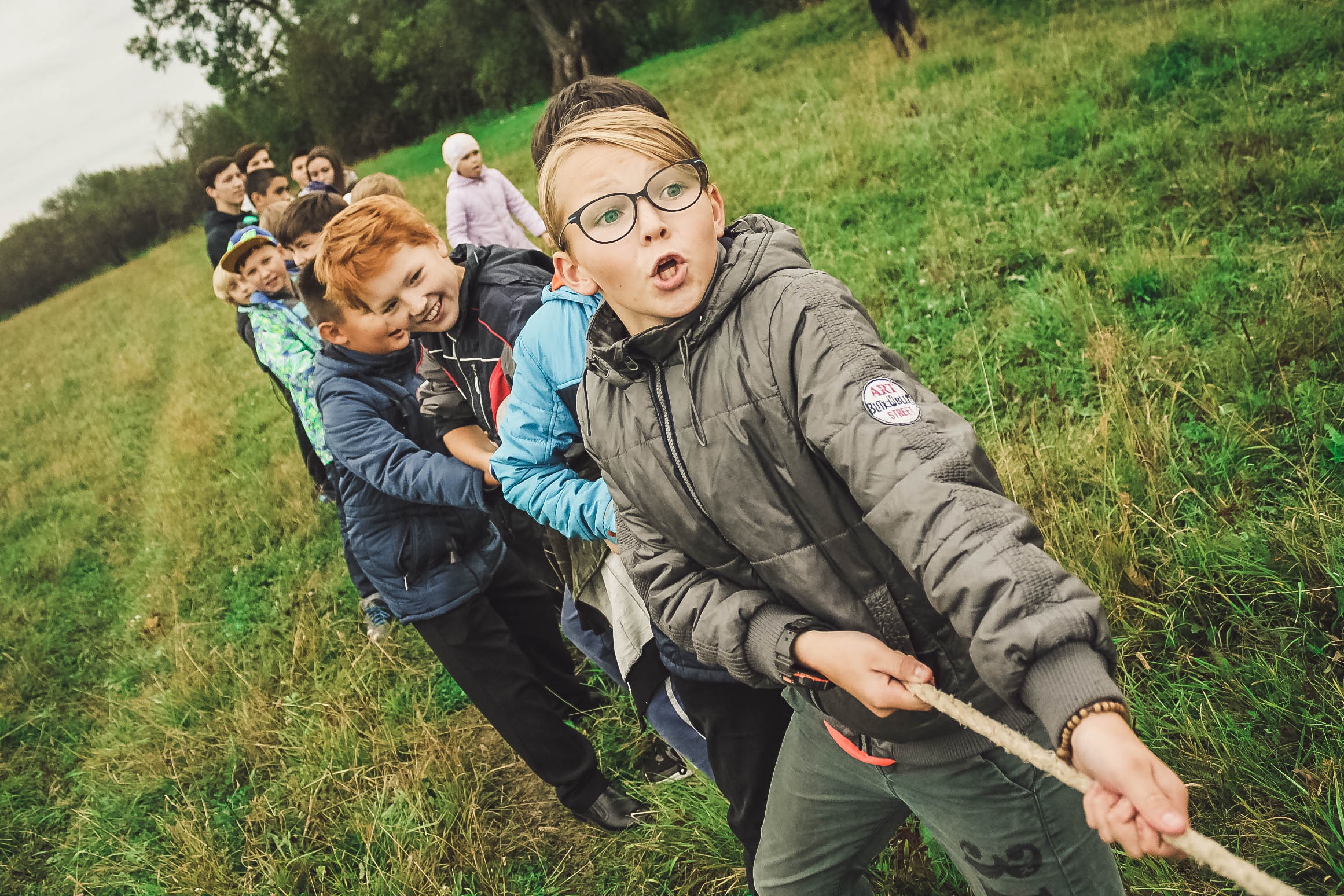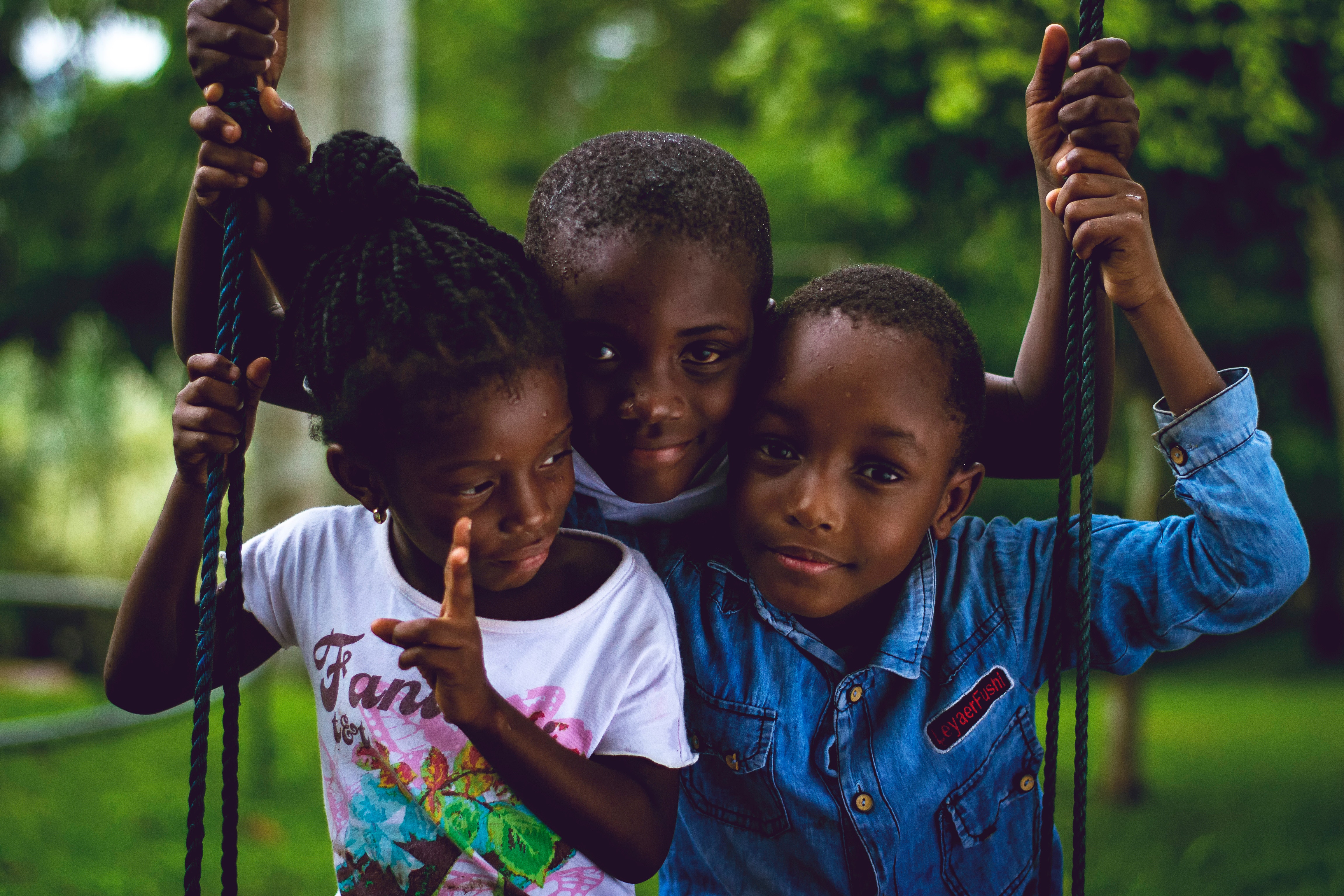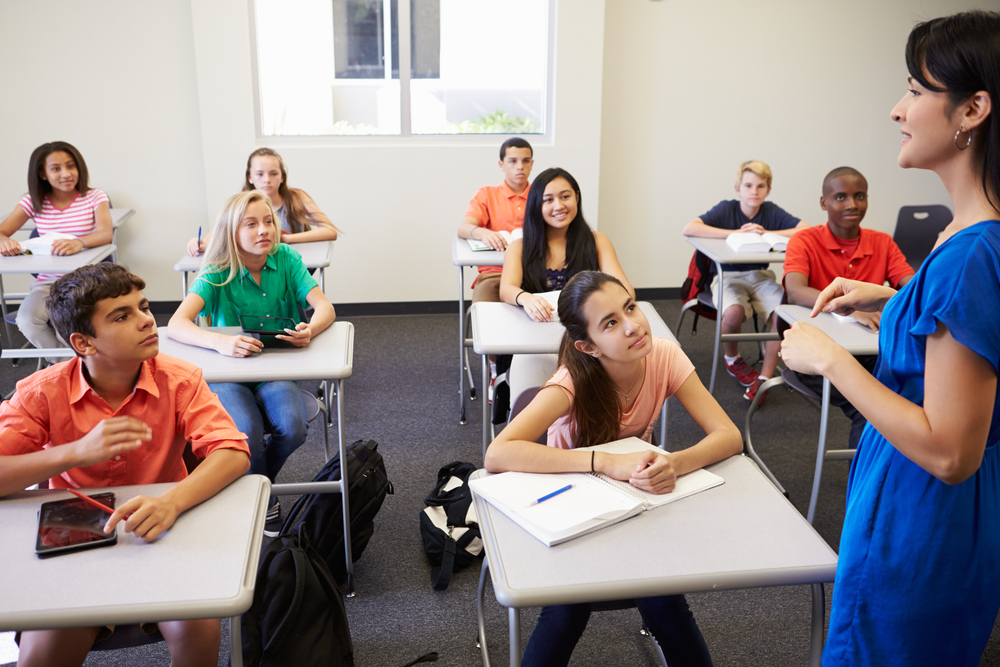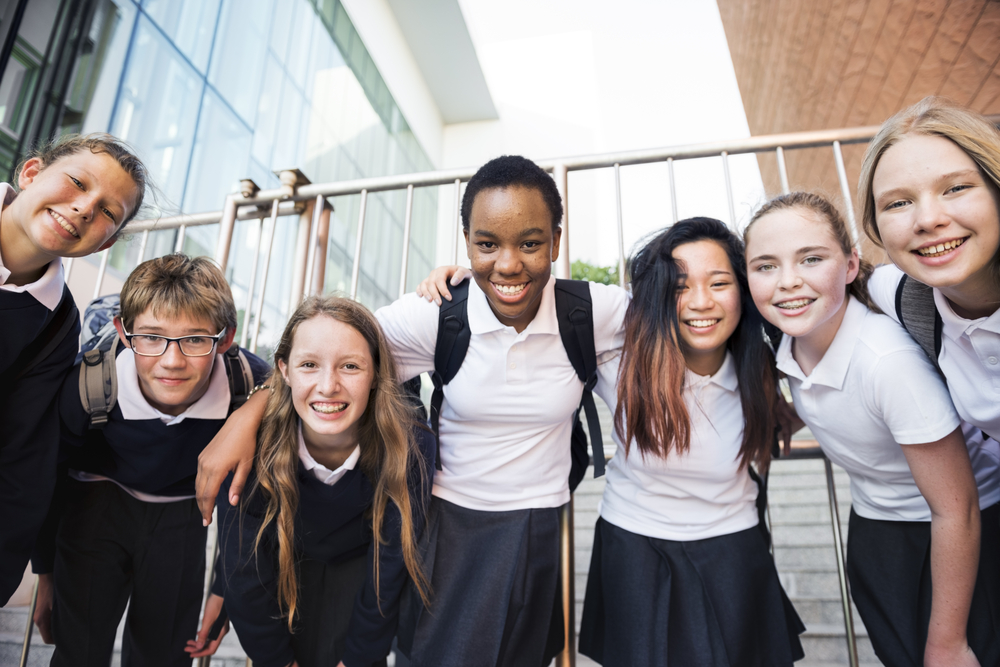Tips From Users
A notable benefit of the Strong Teens curriculum is its versatility. Users can take advantage of the scripted lessons or use their own words. They can also supplement and adapt program examples to match the needs of their students. Based on feedback from users and practitioners, the following represents a sampling of activities and tips that have been found to positively benefit student engagement and application of programming materials.
Student Selection & Grouping
When forming student groups, consider the unique personalities, cognitive capacities, social skills, and social dynamics between proposed members.
- It may be important to include individuals with strong social standing to help facilitate student buy-in, e.g., those who are comfortable sharing ideas, speaking in front of the group, etc.
- It may be helpful to limit individuals with (a) significant personal conflicts or (b) who are close personal friends (e.g., BFFs) to limit the group from getting off course and/or shifting power dynamics between participants.
- The size of the group can highly influence the range and level of participation that individual students will be able to engage in. Note, the larger the group, the more "psycho-educational" versus personal/reflective it will be.
The time and place for your group is probably dictated by several non-negotiables.
- Strive for a consistent day/time to meet so that students can easily anticipate and come prepared to participate. Any changes in the meeting time should be provided in advance.
- Users have suggested that the time of day (end) and day of the week (Fridays) can be particularly difficult to engage students in group activities due to shifts in focus and fatigue.
Program Presentation
Curriculum materials can be presented in a variety of ways.
- Use Technology. All program supplements are available as downloads. Also, timely and relevant video clips, images, and music are great ways to engage students in the program content.
- Lessons include worksheets and homework. Have paper handouts prepared.
- Homework. Depending upon the unique dynamics of your students, consider having homework to be completed within the group meeting minutes. For example, having students complete homework at the end of the corresponding lesson or at the start of the proceeding lesson. Either way, the focus is on extension of learning through guided thought/practice.
-
Splitting lessons. The curriculum materials offer guidelines for "Running Short On Time" and suggestions
for segmenting lessons. When splitting lessons, best practice would be to keep the lessons as close
together as possible to facilitate applicability to prior teaching. Some specific tips:
- Loop back to teachings and discussion that previously occurred within the lesson. Facilitators can either prompt student memory via specific components or have them re-review a previously completed activity.
- Have students "report out" what they remember from the prior lesson. This could even be a specific "job" that each group member has, rotated across lessons so that all individuals have a chance to participate.
Curriculum Delivery
Depending on the maturity and skills of your students, curriculum delivery (e.g., engagement, facilitation, etc.) will be vastly different.
-
Strong Start
-
The younger the student, the higher level of structure is required. This means clearly defined
expectations that are consistently delivered. Furthermore, the ratio of physical
activity/practical applications to verbal (lecture) delivery is pivotal.
- Include hands on activities whenever possible. Students will benefit from a multi-modal experience: seeing, hearing, doing, etc.
- Consider technology: videos, music. Whenever possible, loop in "high-value" characters from popular media/culture to facilitate relevance and buy-in.
- Consider older age students to be "guest" facilitators or helpers. These individuals will have high social value to the younger students and are great for engaging students in role plays, practice, etc. Moreover, these students can be great for informal "check-ins" with students as they see them throughout the school day, thus promoting further generalization.
- Consider having parents be "guest" to the group. They can offer additional examples and scenarios to build generalization beyond the school day.
-
The younger the student, the higher level of structure is required. This means clearly defined
expectations that are consistently delivered. Furthermore, the ratio of physical
activity/practical applications to verbal (lecture) delivery is pivotal.
-
Strong Kids
-
Upper elementary and middle school students are adjusting to new responsibilities and have
unique developmental considerations. Curriculum delivery will need to provide a balance between
facilitator control and opportunities for individualization.
- Consider including a structured extrinsic reinforcement system to support student participation and meaningful engagement.
- Carefully consider those individuals who struggle with social interaction (e.g., comfort with sharing thoughts/ideas). Creating special job roles, such as homework collector or question reader, may help them feel like valued members of the group and ease their comfort with participation. For example, (a) homework collector, (b) question reader, etc.
- For small group work, provide a structured "selection process" from the beginning, e.g., counting off by 1, 2, etc. Students benefit from consistent but fair expectations and rules and are less likely to resist if you are consistent with your methodology.
-
Upper elementary and middle school students are adjusting to new responsibilities and have
unique developmental considerations. Curriculum delivery will need to provide a balance between
facilitator control and opportunities for individualization.
-
Strong Teens
-
High school students typically can handle higher level roles and responsibilities in group
settings. However, when it comes to talking about emotions and feelings, they can also be highly
resistant. Opportunities to build upon desires for control, allow for personal voice/expression,
and applicability to real life scenarios are key for success. Consider:
- For older students, structuring the group as a "psycho-educational" class versus "group" may be necessary. This verbiage may be more palatable to students who are resistant to participating.
- Have students select special roles or jobs such as reading the mindfulness-based focusing activity and reading examples and scenarios.
- Link examples and scenarios to issues relevant to students whenever possible. This includes asking for their feedback and extending current curriculum materials, as well as generating student specific examples.
-
Today’s youth spend a considerable amount of time accessing media, including listening
to music, watching TV, texting, and checking social media. Tap into this preferred
medium by using technology to present lesson material as well as make materials more
relatable to students.
- Use examples referencing all social media vehicles (e.g., Snapchat, Instagram, etc).
- Consider music for lessons and mindfulness-based focusing activities as derived from student driven selections (e.g., smart phones)
- Share common APPS related for personal extension: meditation, organization, etc.
-
To facilitate comfort with the mindfulness-based focusing activity, consider:
- Having students read the activity components
- Think about environment: body position, light, music, etc.
- Consider including popular figures and events from popular media. For example, when presenting "Thinking Traps," consider incorporating clips from popular television and movies.
- Teenagers can sometimes be resistant to the appearance of needing or accepting assistance with social-emotional health. Facilitators should consider incorporating personal stories and humor to aid buy-in and comfort.
-
High school students typically can handle higher level roles and responsibilities in group
settings. However, when it comes to talking about emotions and feelings, they can also be highly
resistant. Opportunities to build upon desires for control, allow for personal voice/expression,
and applicability to real life scenarios are key for success. Consider:
Supplemental Components
For all age ranges, extension materials can offer opportunities to benefit engagement and generalization. Some user friendly resources include:
- Photos/Images: These can include anything from celebrities, popular movie/TV characters, animals demonstrating human qualities, etc. These are great for facilitating recognition of emotional states, levels of intensity, reading non-verbal behavior, and predicting antecedents and consequences of behavior.
- Music: Music is a great vehicle for talking about emotional states, physical reactions, and levels of intensity. In addition, it is a natural extension of the mindfulness-based focusing activity and identification of coping strategies, e.g., calming strategies.
-
Videos: There are an abundance of video (e.g., movie clips, TV clips, UTube shorts, structured
presentations) options for you to consider. Practitioners have found them particularly useful as
follows:
- Describing the cognitive processes (physiological) to experiencing emotions, including "fight vs. flight"
- Identifying emotional states, verbal and non-verbal behavior, levels of intensity, and problem-solving steps.
- Identifying "Thinking Traps"
Strong Teens: Facilitating Student Engagement
Hello! I implemented Strong Teens at an alternative high school as a Tier 1 intervention. The student body was split into two groups, with each group receiving the curriculum for 12-weeks. My journey included both the organizational components of demonstrating a need to the staff and district office, securing resources (time, funding, individuals to lead the group, materials, etc.) as well as the “boots on the ground” components of leading one of the student groups, preparing weekly materials and adapting “on the fly” to facilitating student participation/buy-in. Its been an exciting journey from start to finish! Here are a few thoughts for others who are interested in trying out the curriculum:
- Identify and select facilitators with care and think about contextual issues: Student buy-in was key for me. The minute I started saying “I’ve got this great program, we’re going to talk about life skills such as conflict management, managing stress….” My students’ gave me an earful of negative reasons about why they didn’t need to participate and/or had already learned this “stuff” in elementary school. I quickly learned that I needed to be strategic in the language I used to frame the program, as well as the fact that I needed build social capital into my program. By social capital, I mean this: adult role models that the students related to and were comfortable around. For our programming, we ran 2 groups with 2 adults each. Each group included a known male and female staff member. Let’s be honest, teenage boys aren’t thrilled or readily willing to talk about their feelings in front of a mixed group of their peers. So, the addition of a male leader was key to that connectivity, especially for my school population. Moreover, I also needed to reframe the groups as “Classes” vs. “Groups.” In my school, groups were for people with “problems,” as in: “you have no social skills so you have to meet with the school psychologist.” Also, we held the groups in classrooms, with students at desks and used the whiteboard (PowerPoint) to facilitate a classroom vs small group feel.
- Think carefully about student grouping. The co-facilitators and I used a tw0-pronged approach to the groups. First, we randomly split the student body in half and then split it into halves again. The initial group (e.g., half of the student population) was random with a few exceptions. Importantly, we considered the relationships between students and whether those relationships could help or hinder the group dynamic. We also sought to include 1-2 students with high social status in all groups. Despite that pre-work, we still had challenges with student dynamics throughout the course of the classes. For example, one student’s presence or absence, and corresponding mood could easily deter half of the classes’ engagement and derail active engagement. We had students rally small groups, (e.g., 2-3) and they would play upon one other, snickering, deterring the conversation, etc. We had individuals try to switch groups, demanding that they were unfairly placed into a class – even bargaining that they would participate more if they were allowed to switch groups. The students definitely kept us on their toes! We dealt with this by lots of debriefs before and after classes, being consistent with students about expectations, and working hard to engage them while in groups. We didn’t fight every battle. We didn’t respond to every side comment – a little sharing and self-directed humor can go a long way to get students to engage. On many occasions, we were able to link in these conflicts to a Strong Teens lessons, e.g., identifying triggers to negative emotions and physical reactions, using a problem-solving model, etc. Interestingly, some of our loudest negative voices were the ones who showed up on time and provided the best examples.
-
Lesson Preparation: Get comfortable with the curriculum and be prepared that you might not cover
everything. That’s ok! For our groups, we created PowerPoints to help facilitate a classroom
feeling but also to ensure we were consistently delivering the curriculum. I put everything from direct
text straight from the manual, images, the corresponding supplemental handouts, videos and photos into
the PowerPoint. Before each week, the facilitators would meet to review the lesson, talk about what
components would be highlighted, agree on presentation style, etc. I found this presentation format was
helpful to keep us on track during presentations, but moreover, it was necessary in order to include the
technology upgrades to better engage my students. For example, by Lesson 2 I quickly noticed that I was
losing students who had mental blocks on talking about emotions, let alone listening to me talk about
emotions! So, I went looking for supplements. For example, I grabbed images off the internet about the
body’s physiological reactions to experiencing emotions and I inserted videos (brief videos, e.g., 2-3
minutes tops) that explained physiology, e.g., flight vs. flight. These seemed to help. For Lesson 3 I
had an epiphany: students relate better to things in their culture, popular figures, movies, etc.! I
inserted images of Taylor Swift and Kayne West (VMA 2009) and Matt Lauer and Tom Cruise (talking about
Scientology) to introduce understanding and reading non-verbal language. That sparked some really great
conversations and took us deeper than the examples listed in the curriculum. Moving on from that, I
started scanning UTube and the internet to input images and videos for every lesson. I included
educational things (e.g., short videos more scientifically based) as well as humorous (e.g., clips from
movies, UTube shorts, funny images with animals, cartoons etc.). Some particularly successful moments
were:
- Lesson 5: I used videos to give vision to the definitions (e.g., Anchorman clip *** edited to define aggression) and Anger Management clip to define anger management). I also used clips from Elf, Mulan, UTube (shorts) to exemplify different aspects of anger and anger management strategies.
- Lesson 6 and 7 (Thinking Traps): Clips from Seinfeld, Charlie Brown (he evidences so many different thinking traps), Star Wars (there is a great compilation on UTube that shows Luke Skywalker demonstrating almost every Thinking Trap in the curriculum), and School of Rock. I also found some great images to demonstrate perception taking skills (e.g., skewed images) and comics on Google images.
-
Know your students. I knew many but not all of the students in my groups prior to implementation
of the curriculum. One important learning was to find each student’s hook. Talking about emotions and
coping strategies is a lot to ask of any teenager, let alone asking them to do it in front of their
peers. A few useful tidbits that I feel might help:
- Pull in students with social status to be leaders. I had them lead the meditation practice, a lesson component that was a particularly hard sell to my students throughout the entire class. Having them decide how to read it, include music, lights off, etc. seemed to help. Essentially, let them own it a little.
- Notice what they care about. My students were quick to engage with examples that included social media. They seemed turned off to anything related to grades or sports. Therefore, I used as many examples that tapped into social media that I could find. I solicited their feedback. I even used an image of a IPhone volume slider versus a thermometer to demonstrate “emotional intensity” (early lessons).
- Identify a way for everyone to comfortably participate. This means giving jobs to those who might be less comfortable with verbally sharing. For example, for us, this meant reading the examples, working the PowerPoint, etc.
- A little sharing and humor can go a long way. In order for students to feel safe to share, they need to have trust in the environment and not feel threatened. Makes sense. On more than one occasion, I shared, admitted miseries from my past, and put myself out there as an example for them to problem-solve. It worked. Sometimes it was only a laugh, e.g., “please, please stop dancing… we understand the emotions are you feeling but we are feeling the opposite,” to get them back on track and engaged. Despite protests that they would “never” share their emotions, we had students share some pretty specific, intense feelings and experiences. I think everyone got out of it what they needed and participated at a level that felt comfortable – and that was my goal.
Going forward, my plan is to use Strong Teens as a curriculum for entering 9th graders as part of a Freshman Academy. I continue to add lots of ideas to my arsenal for individual lessons. Keeping current on popular culture, listening to what students are talking about, etc.… its all good material!
